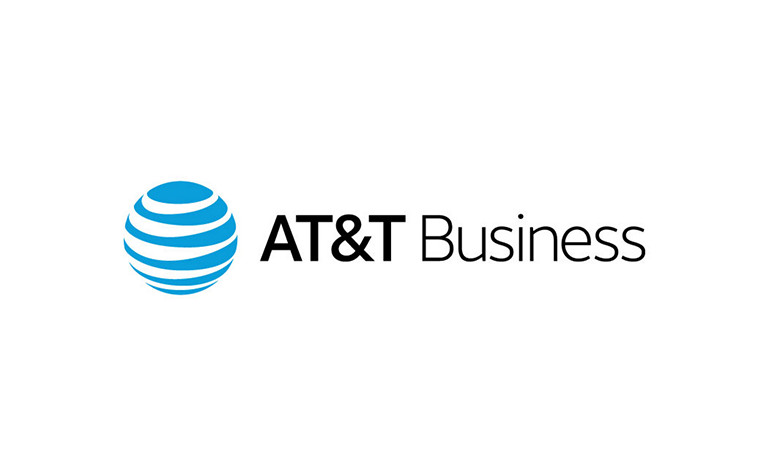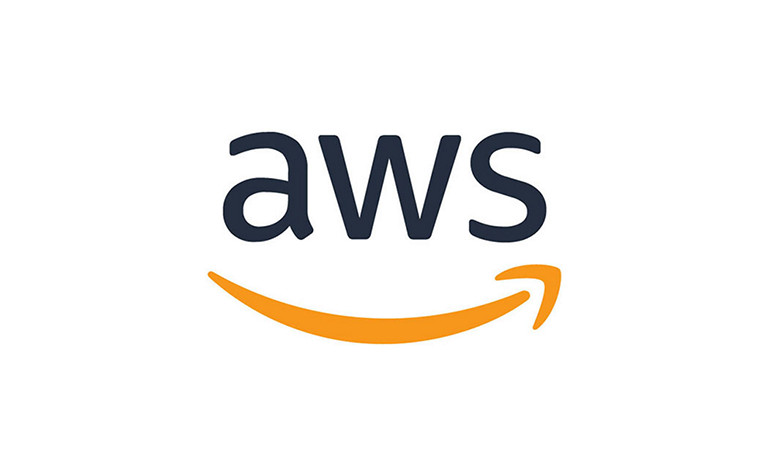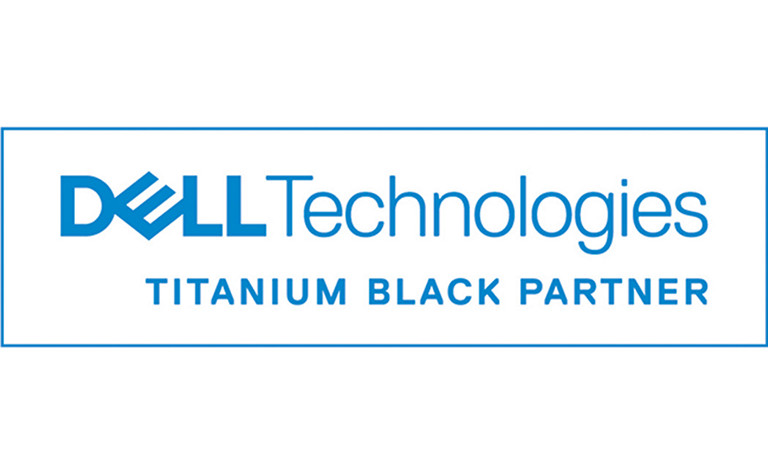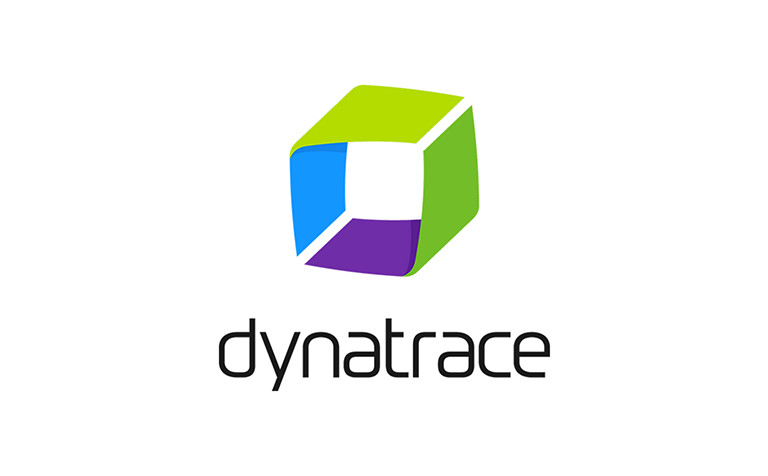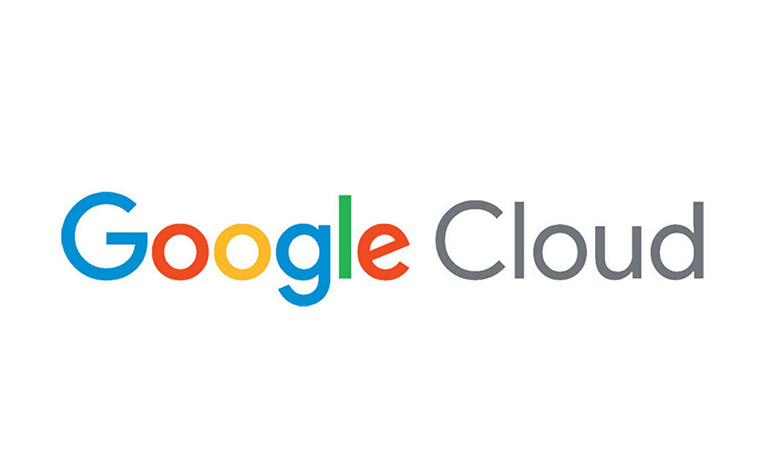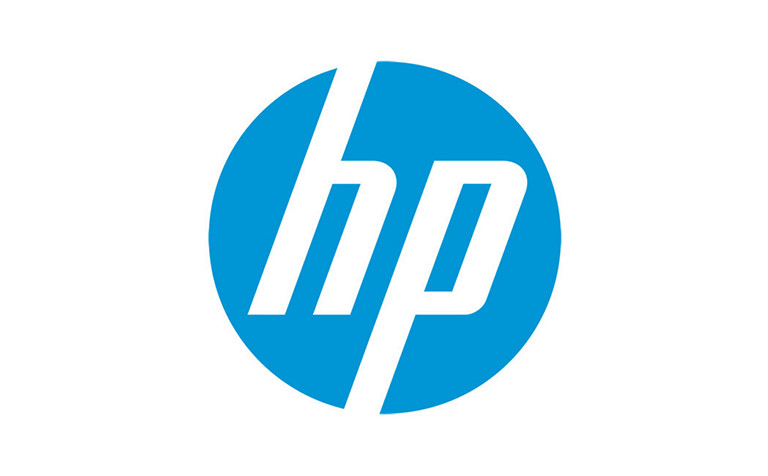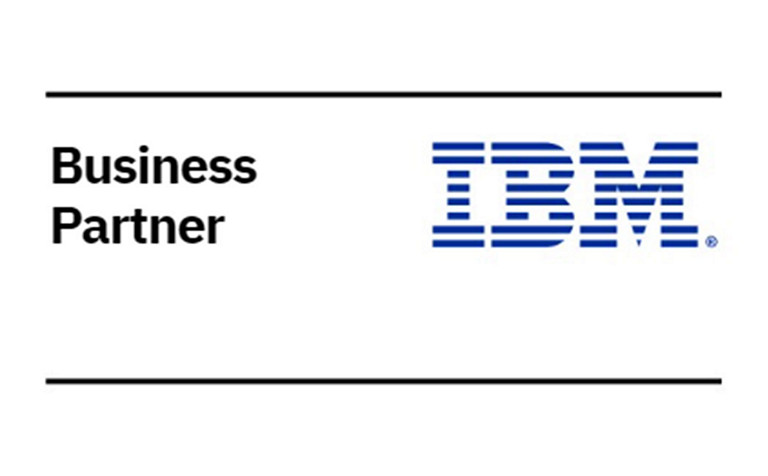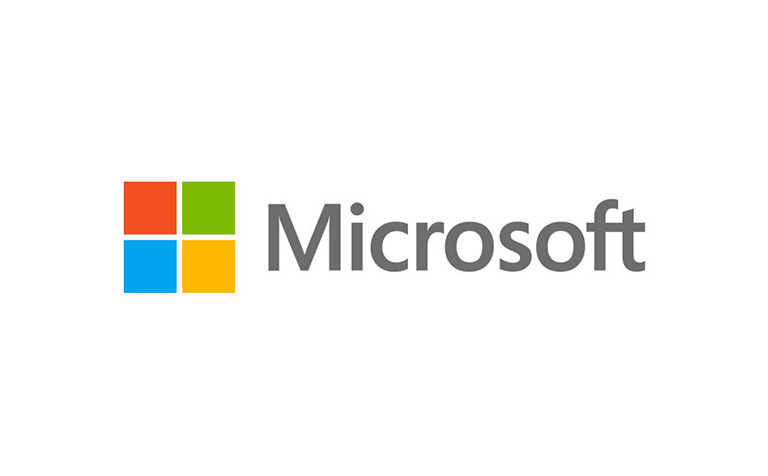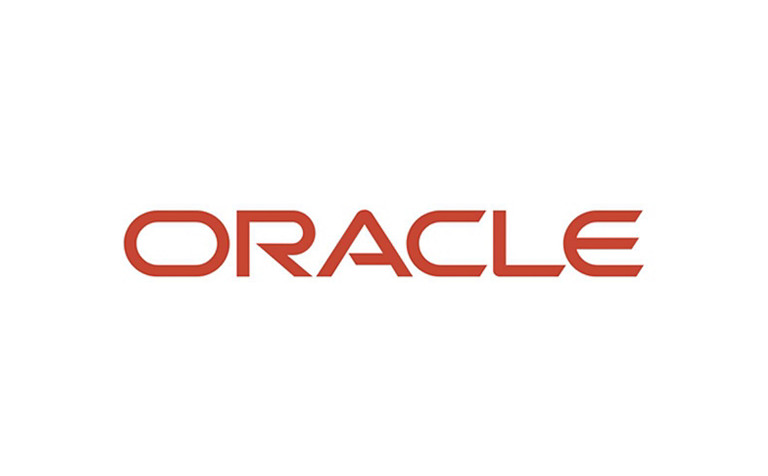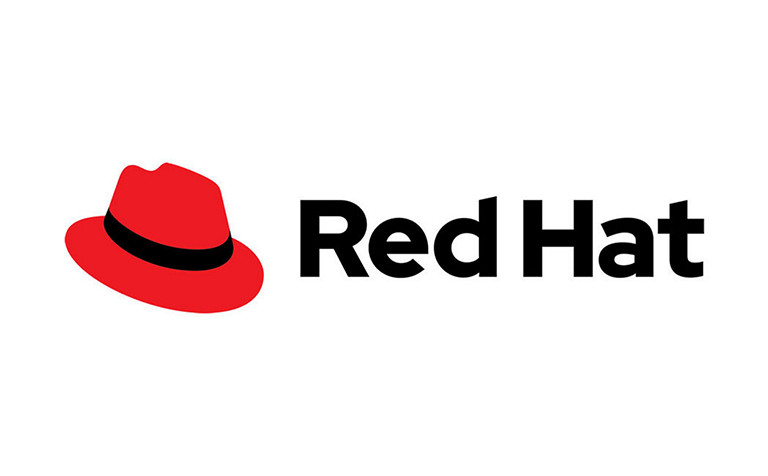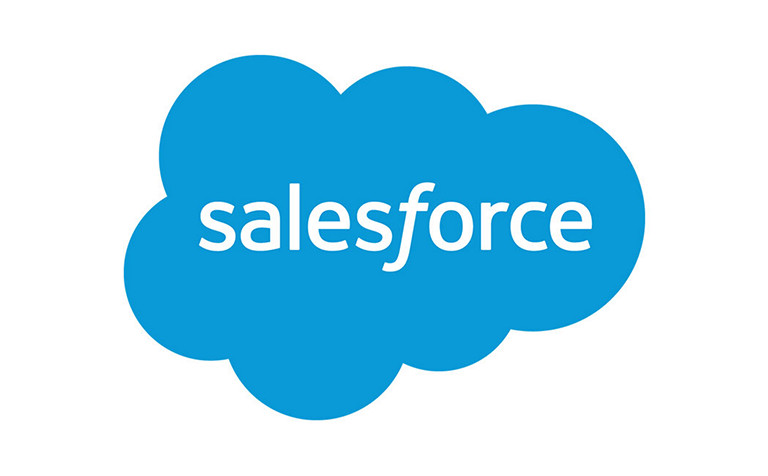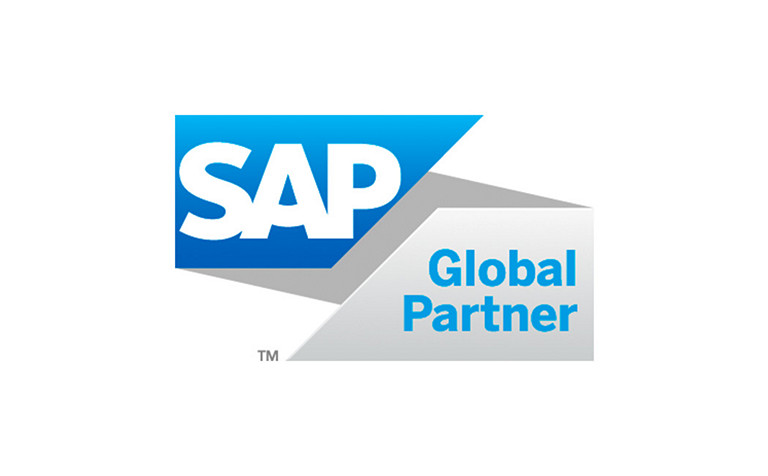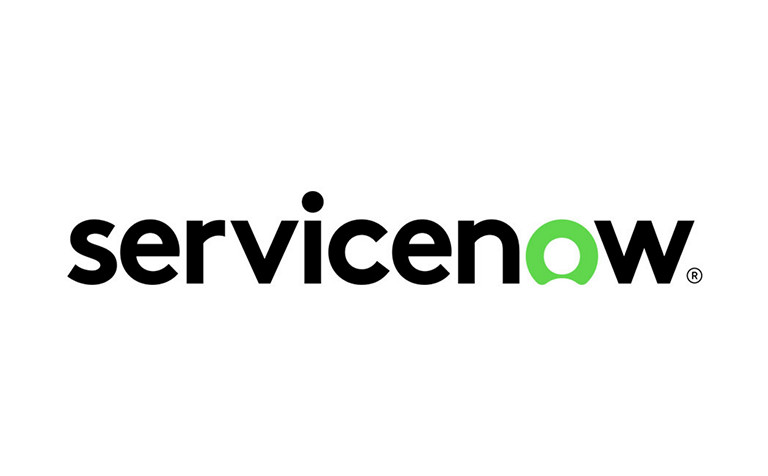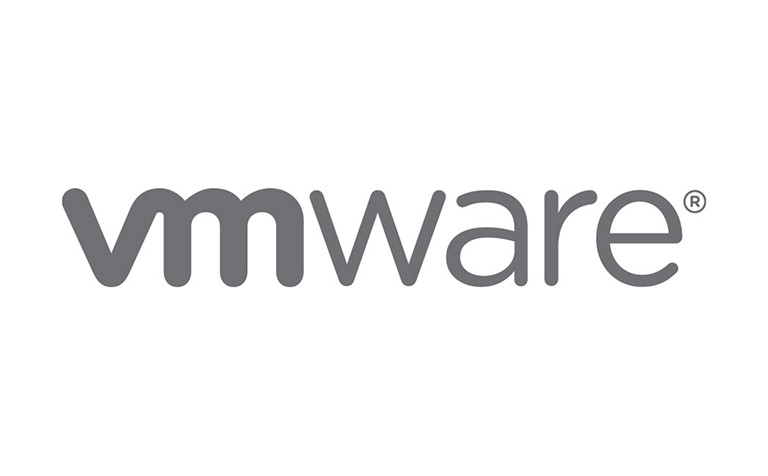
- Gartner
- AI
- Tech-Debt
Modernisieren und transformieren
Schließen Sie die Lücke zwischen Legacy und Modernisierung. Überdenken Sie Ihre Applikationen. Tätigen Sie die richtigen Investitionen zur richtigen Zeit. DXC liefert Ihnen die IT-Services, die Sie für Ihre gewünschten Geschäftsergebnisse benötigen, und zwar für Ihren gesamten IT-Bereich.
Kundengeschichten
Jollibee Foods beschleunigt die digitale Transformation für Wachstum
„Obwohl wir schon seit vielen Jahren mit DXC zusammenarbeiten, spürt man ihren Enthusiasmus, neue Initiativen zu unterstützen und neue Plattformen zur Verbesserung des Geschäfts voranzutreiben. Diese Partnerschaft spiegelt unsere gemeinsame Vision der digitalen Transformation im großen Maßstab wider, die darauf abzielt, den Kunden von JFC ein unvergleichliches Erlebnis zu bieten."
— Joseph C Tanbuntiong
Chief Business Officer bei Jollibee Foods Corporation

Perspektiven

Wie Automobilhersteller für Nachhaltigkeit sorgen können

Lernen Sie von anderen, um Ihre Anwendungsmodernisierung zu optimieren






